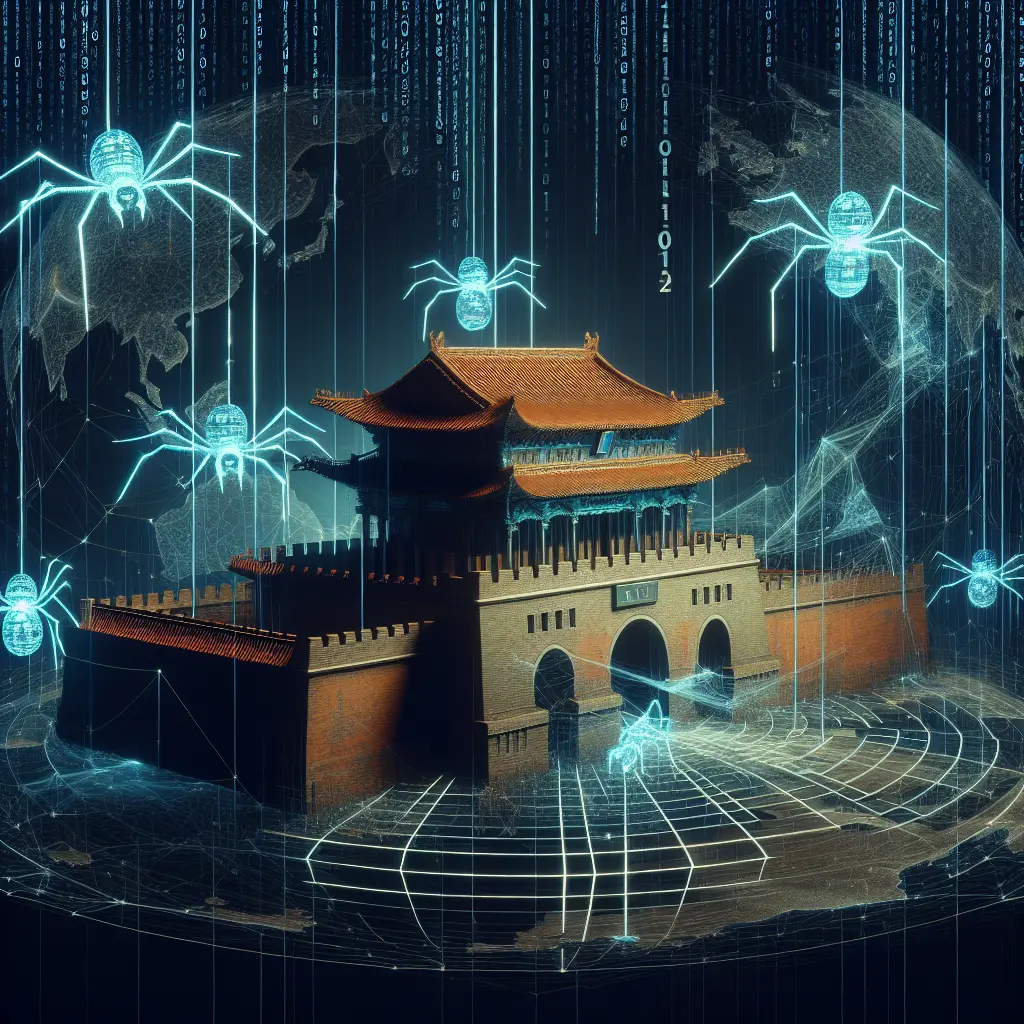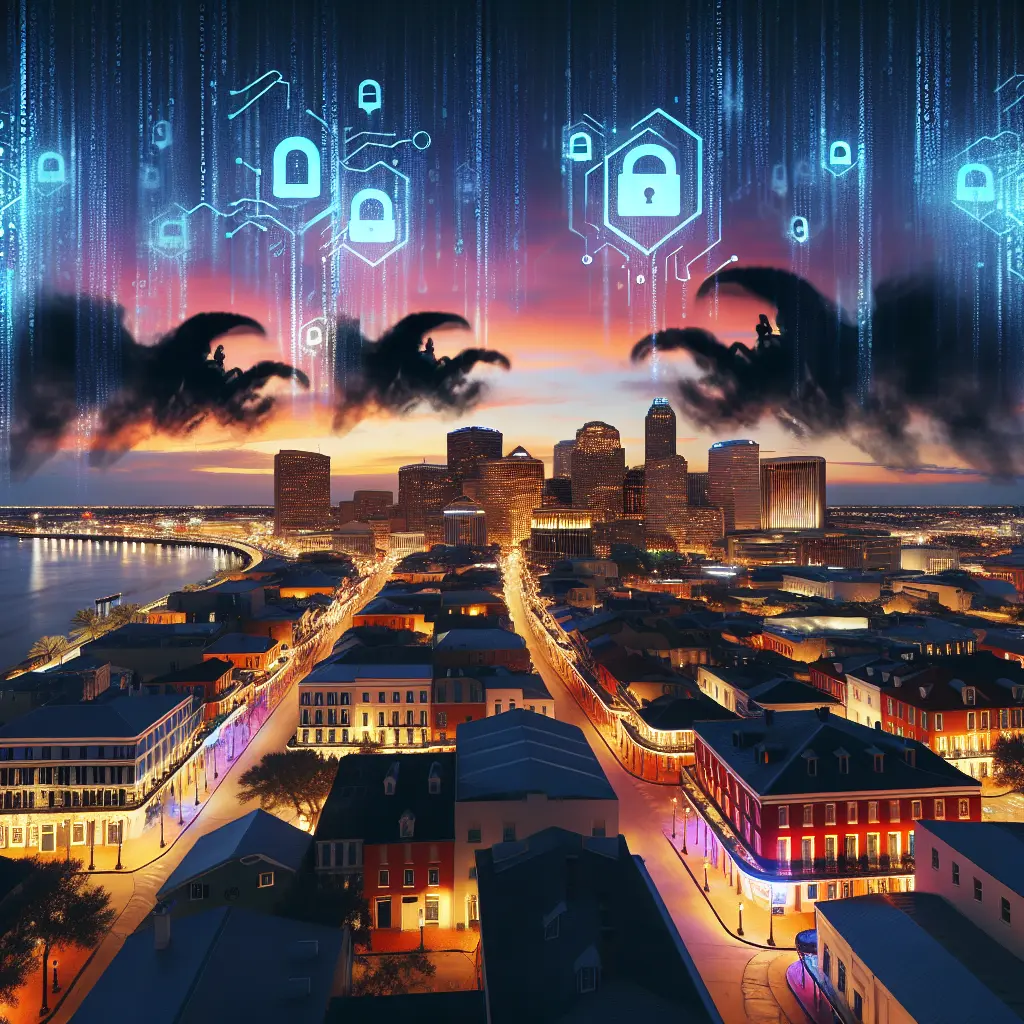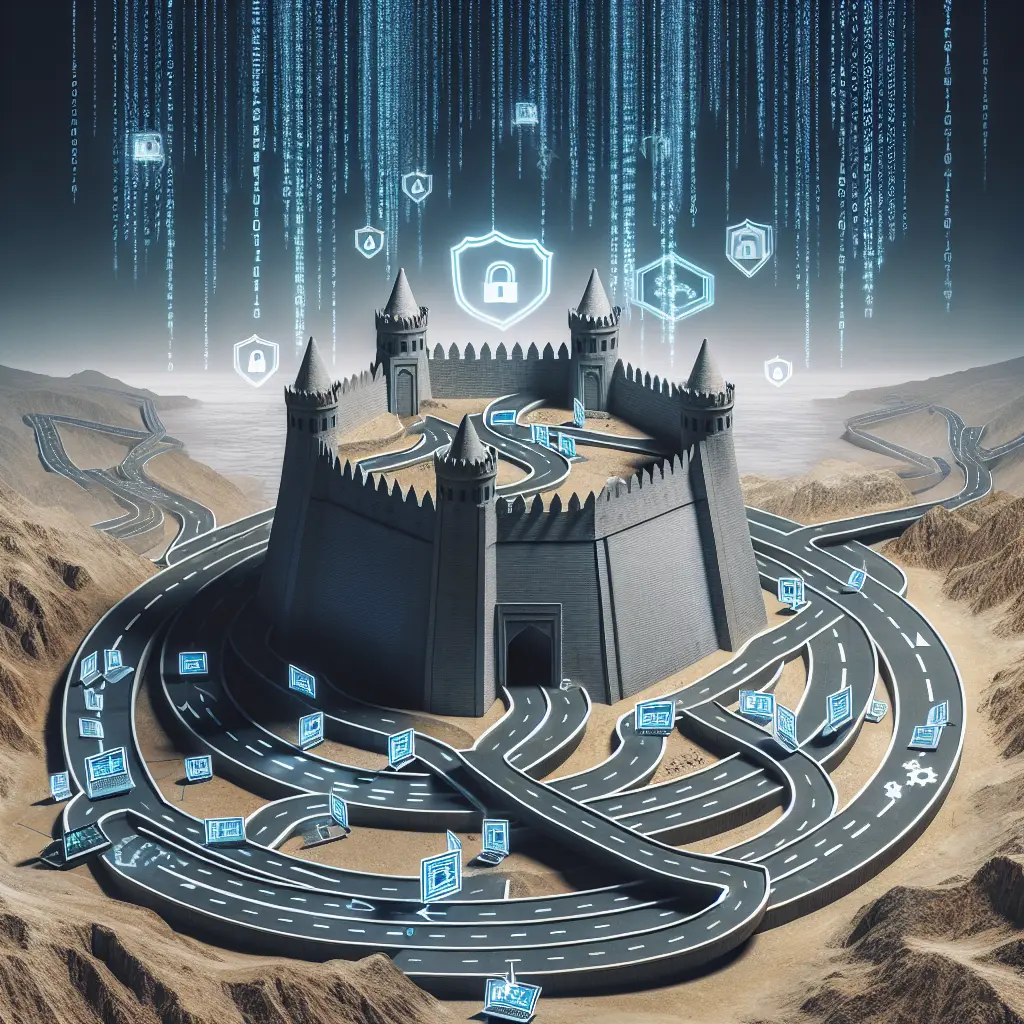Cyber threats are evolving faster than ever, shifting from brute-force attacks to sophisticated, stealthy infiltrations that challenge traditional security defenses.
This week’s cyber landscape has been defined by an alarming uptick in stealth tactics—methods designed not just to break in, but to remain undetected, sometimes for months or even years. It’s a chilling reminder that the threat actors of today may not be battering at the gates; they could already be inside the castle, quietly observing, adapting, and waiting for the perfect moment to strike.
The Rise of Stealthy Nation-State Attacks
One of the most concerning trends highlighted recently is the increase in nation-state backed cyber operations. These are not just opportunistic hackers; they are highly resourced groups with specific geopolitical goals. Their tactics include:
Advanced Persistent Threats (APTs): These actors focus on long-term access, using custom malware and zero-day vulnerabilities.
Supply Chain Infiltration: By compromising trusted software vendors or update channels, attackers can insert backdoors directly into the systems of unsuspecting organizations.
Spyware and Supply Chain Backdoors
Spyware isn’t new, but its reach and effectiveness have multiplied. Sophisticated surveillance tools are now being deployed not just against high-profile targets but also regular users and businesses. Meanwhile, supply chain attacks—where attackers infect legitimate software updates—are becoming more common. These attacks are particularly insidious because they exploit trust in established brands and service providers.
Identifying Modern Cyber Threats
Key Red Flags:
- Unexpected updates from trusted vendors
- Unusual network traffic from internal systems
- Gradual shifts in system performance or behavior
The Threat of Deepfake Malware
Artificial Intelligence (AI) is being weaponized by malicious actors in unprecedented ways. Deepfake technology, originally created for entertainment and art, is now being used to create highly convincing fake videos, audio clips, and social media content. This not only fuels disinformation campaigns but also introduces new vectors for phishing and malware delivery.
How Deepfakes Enhance Cyber Threats:
- Social Engineering: Attackers mimic executives’ voices or likenesses to trick employees into transferring funds or revealing sensitive data.
- Malware Propagation: Fake content lures victims into downloading malware-laden files or visiting compromised websites.
Adapting Security Strategies in a New Era
So, what can organizations and individuals do to stay ahead in this rapidly changing threat environment?
- Continuous Monitoring: Implement real-time monitoring solutions that can detect unusual behavior indicative of an internal threat.
- Zero Trust Architecture: Assume no user or device is trustworthy by default—verify everything.
- Employee Training: Regularly update staff on new phishing techniques, including deepfake scams.
- Incident Response Planning: Prepare for breaches with clear protocols and regular drills.
The cyber battlefield is evolving, and so must our defenses. It’s no longer enough to guard the perimeter; we need vigilance within our walls and throughout our networks. For more detailed insights on these emerging threats, you can read the original recap here: https://thehackernews.com/2025/05/weekly-recap-nation-state-hacks-spyware.html.
Stay alert, stay informed, and remember: in cybersecurity, awareness is your first—and often your best—line of defense.










Leave a Comment